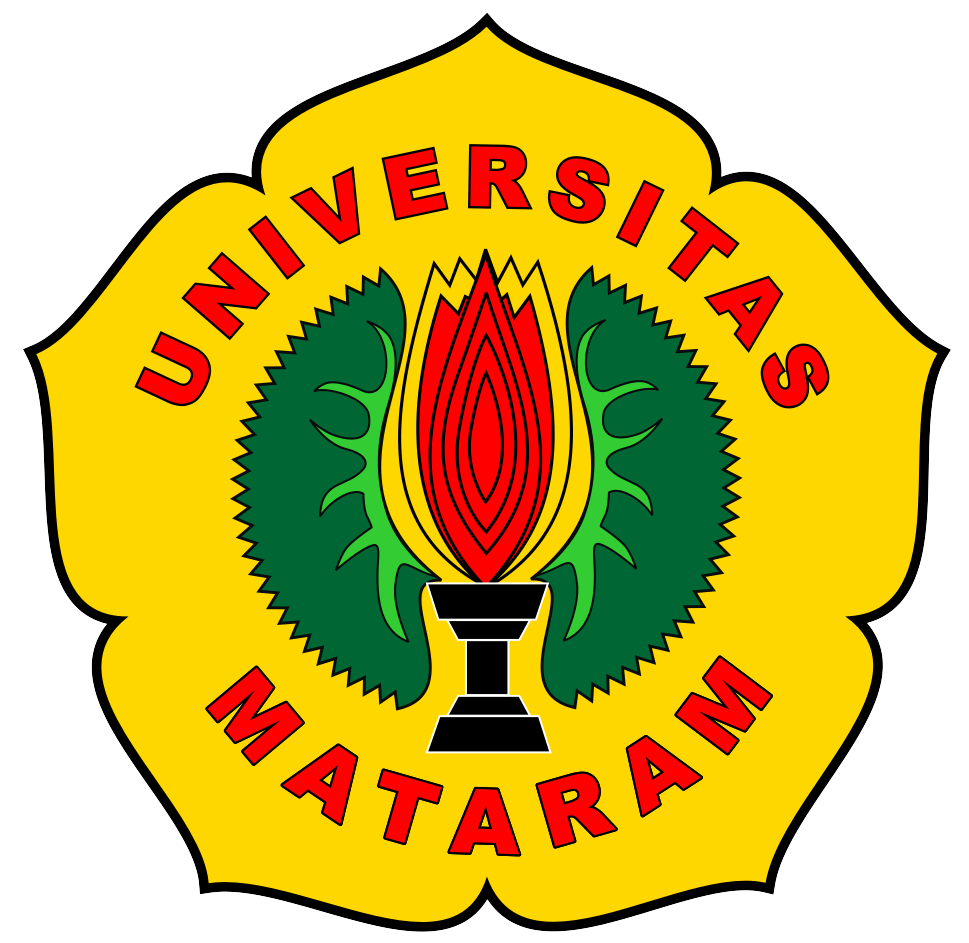Evidence Based Case Study: Efektivitas Pemberian Vitamin D Selama Masa Perawatan pada Pasien Stroke
DOI:
https://doi.org/10.29303/jk.v12i4.4532Keywords:
Case study, .Functional statue, Stroke, Vitamin DAbstract
The administration of vitamin D in stroke patients has been associated with functional improvement because it helps modify various cardiovascular risk factors. This study aimed to determine the effectiveness of vitamin D supplements to stroke patients. The design of this study used an evidence-based case study approach conducted in July 2023 by including an illustration case study along with several supporting research studies to strengthen the findings. The research studies were collected through PubMed, Proquest, and ScienceDirect based on the PICO framework. Seven studies were included to support the finding of the illustration case study related to the effectiveness of vitamin D administration. The results of the studies showed that there were variations in the effects of giving a single dose of vitamin D or with a combination of other nutritional elements including helping to reduce serum levels of interleukin-1β (IL-1β) and interleukin 6 (IL-6), improving the patient's neurological function, and preventing the secondary hyperparathyroidism. The positive effects of giving vitamin D were also showed during the rehabilitation period of stroke patients including improving mood regulation and functional recovery as well as improving lower extremity motor function and ambulation. The administration of vitamin D to stroke patients gives many positive contributions to both the acute and rehabilitation phases through various physiological mechanisms of the body. Health professionals are expected to consider adding vitamin D to a patient's nutritional care plan to achieve optimal health status outcomes.
Downloads
Published
Issue
Section
License
Authors who publish with Unram Medical Journal, agree to the following terms:
- Authors retain copyright and grant the journal right of first publication with the work simultaneously licensed under a Creative Commons Attribution 4.0 International License (CC-BY License). This license allows authors to use all articles, data sets, graphics, and appendices in data mining applications, search engines, websites, blogs, and other platforms by providing an appropriate reference. The journal allows the author(s) to hold the copyright without restrictions and will retain publishing rights without restrictions.
- Authors are able to enter into separate, additional contractual arrangements for the non-exclusive distribution of the journal's published version of the work (e.g., post it to an institutional repository or publish it in a book), with an acknowledgment of its initial publication in University of Mataram's Journal of Medicine.
- Authors are permitted and encouraged to post their work online (e.g., in institutional repositories or on their website) prior to and during the submission process, as it can lead to productive exchanges, as well as earlier and greater citation of published work (See The Effect of Open Access).
- This journal is open access journal which means that all content is freely available without charge to users or / institution. Users are allowed to read, download, copy, distribute, print, search, or link to full text articles in this journal without asking prior permission from the publisher or author.







